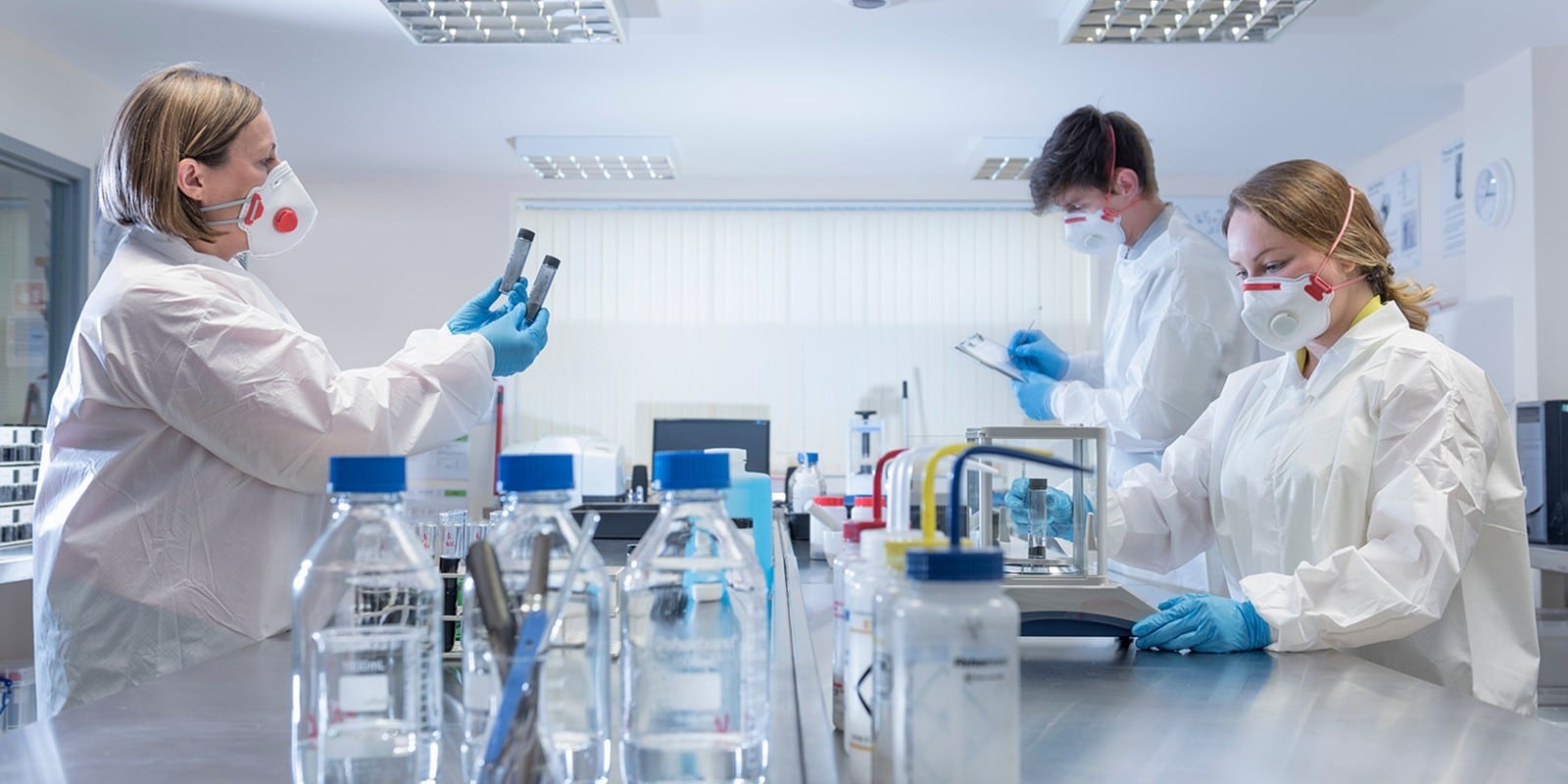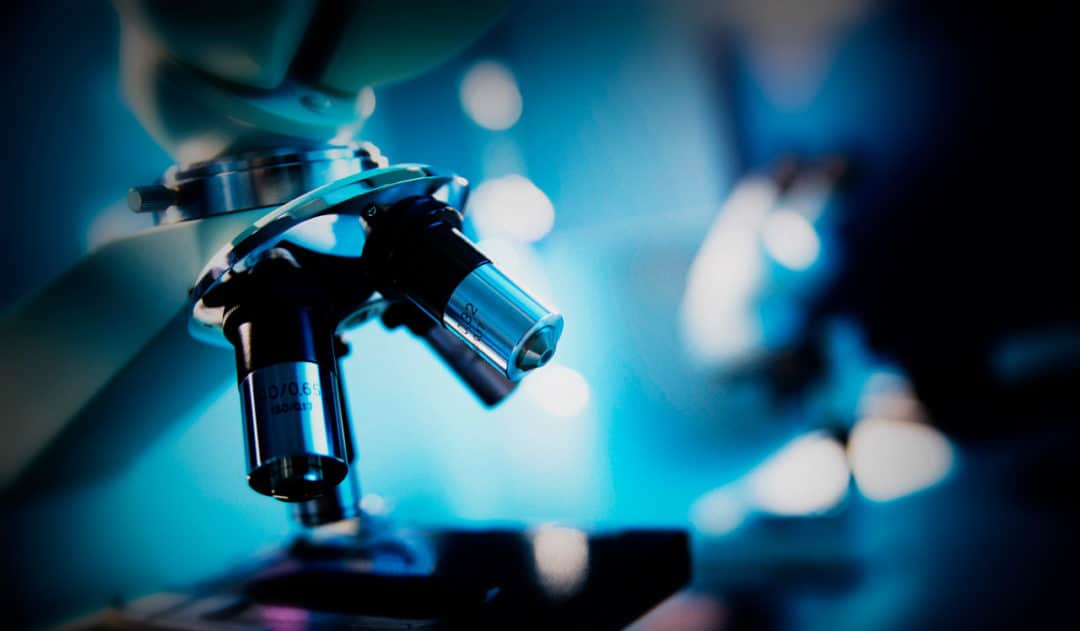Plasma cells in our body produce secreted immunoglobulin molecules which are called antibodies. The unique structure of antigen-binding of antibodies makes it possible for antigens to bind in a specific manner.
Kohler and Milstein developed this procedure in 1975 to produce monoclonal antibodies. Antibodies are preferred, because they can bind with high affinity to many molecules. They are also ideal as targeting reagents, because of their stability. That said, antibodies aren’t efficient enough to be used as therapeutics.
IMAGE: PIXABAY
What Is An Antibody?
It got its name from its functionality to bind to the antigen; however, it is also known by the name of immunoglobulin, abbreviated as Ig. These molecules are Y-shaped comprising two light chains and two heavy chains. One of their features is the recognition of a specific antigen called “antibody specificity”.
What Do They Do?
The functionalities of antibodies vary slightly, depending on its type. Antibodies have to start by identifying the exact pathogens and toxins called Specificity of Antibodies. All of them have three primary purposes, which are:
- One of their jobs is to bind to foreign substances and inactivate them, after secreting into mucosa and blood. These foreign substances include toxins and pathogens.
- They rupture the cell wall to activate the complement system in order to get rid of bacterial cells. This process of punching holes in the cell wall is called lysis.
- Antibodies help in ingestion of foreign bacterial substances using phagocytic cells. This process is otherwise known as Opsonization.
All antibodies in the human body that perform these three roles are divided into five isotypes. These classifications are made according to their “H chains”, because it powers their distinct attributes.
IgG: Most abundant antibody making up to 75% of all antibodies.
IgM: It has a pentameric structure usually found circulating in the blood. It comprises about 10% of all human antibodies.
IgA: Mostly found in intestinal fluid, serum, breast milk, saliva, and nasal mucus, saliva making up to 15% all immunoglobulins.
IgE: It accounts for only 0.001% of antibodies with the sole purpose of defending us against parasites.
IgD: Its exact function is still unknown but it is considered to help in the induction of antibody production in B cells. IgD accounts for less than 1% of antibodies.
It Potentially Links Cytomegalovirus Infection
Human cytomegalovirus is connected with the growth of systemic lupus erythematosus (SLE). In a scientific report by Nature.com, the contribution of HCMV with SLE was discussed as a potential alternative process.
In a recent report, a link between HCMV infection and SLE that affects UL44 was discovered. Its intracellular nature makes the targeting of humoral response complicated.
A detailed analysis of human antibodies was presented for UL44 that was derived from an HCMV seropositive donor. It was also shown that during virus-induced apoptosis, UL44 is redistributed. This report shows there might be a system of SEL autoantigen that may work as an additional humoral arm of our immune system. However, it will only happen under conditions where peripheral tolerance breaks.
Leinco Tech is one of the best companies that manufacture antibodies and proteins for these types of research purposes – what they make can then be used by universities and labs in experiments that discover these types of breakthroughs.
If you are interested in even more technology-related articles and information from us here at Bit Rebels, then we have a lot to choose from.


COMMENTS